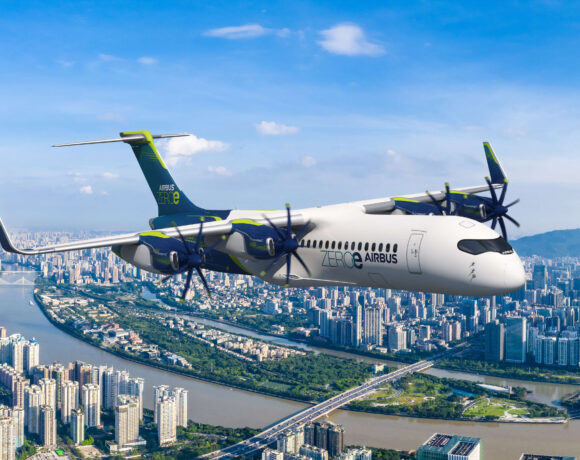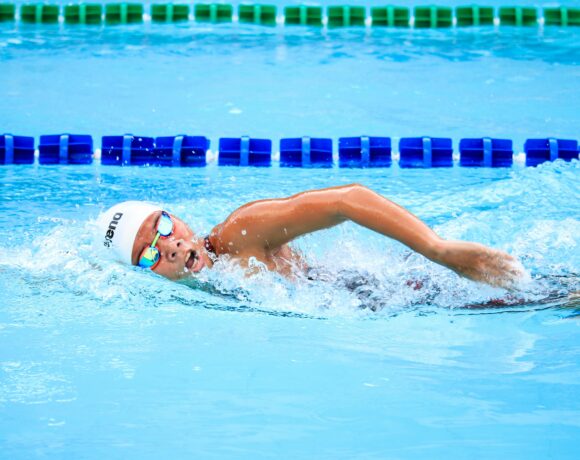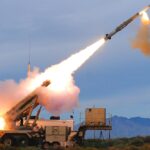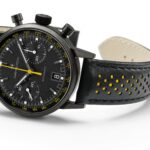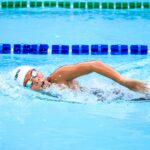The story of CUE: Toyota’s AI basketball robot
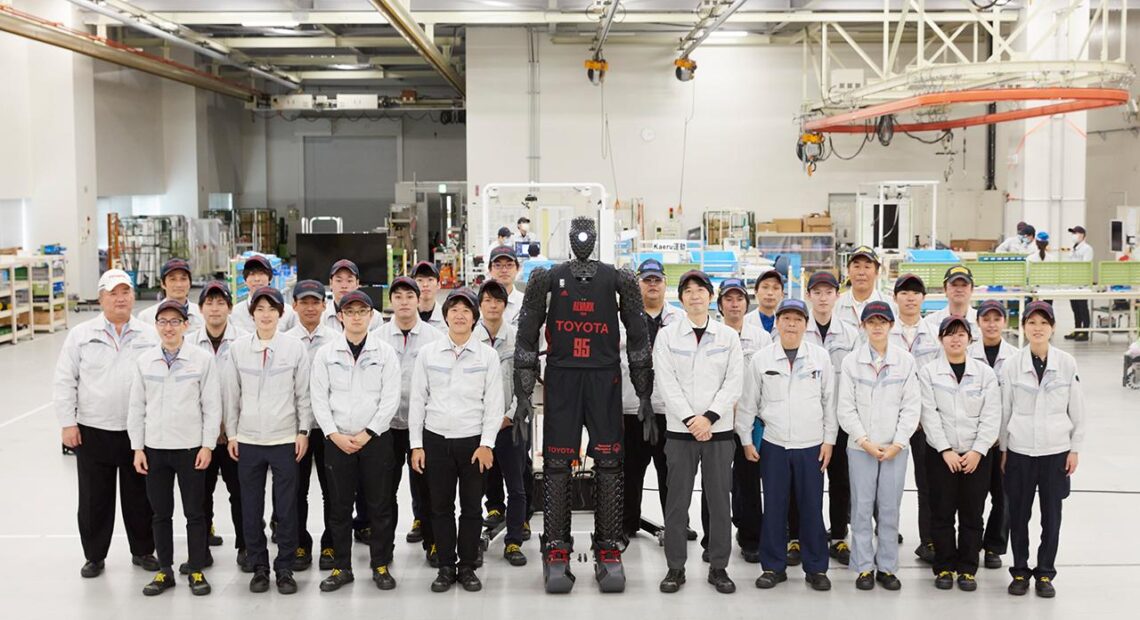
Aims for a new world record
CUE, the AI basketball robot the Toyota Engineering Society (TES) developed, has become a pioneering force in robotics and sports. Initially conceived in 2017 by a group of volunteer engineers, CUE has made remarkable progress from a humble concept to a star player for the Alvark Tokyo basketball team.
Now in its sixth generation, CUE is focused on achieving another major milestone: the farthest basketball shot ever made by a humanoid robot.
The latest challenge involves a remarkable 24.5-metre shot — nearly the entire length of a FIBA-regulation basketball court, which spans 28 metres. This shot is far beyond the reach of typical human players and, if successful, would set a new benchmark for what robots can achieve in sports. This audacious attempt culminates years of development, improvements, and a relentless drive to push the limits of artificial intelligence and robotics.
CUE’s story began in 2017 when the volunteer engineers at TES, a group within Toyota, decided to develop an AI-driven humanoid robot. A line from Slam Dunk inspired the popular basketball manga, in which the protagonist asks: “Will 20,000 practice shots be enough?” That question sparked the engineers’ desire to create a robot capable of shooting basketballs accurately, using AI to calculate the distance to the hoop and adapt its technique accordingly.
In 2019, CUE made history by setting a Guinness World Record for the most consecutive basketball free throws made by a humanoid robot, with 2,020 successful shots. This feat surpassed expectations, considering the human record for consecutive free throws stood at 5,221, a mark set by NBA legend Stephen Curry in 2020. CUE’s achievement was a breakthrough in AI, demonstrating the robot’s potential to perfect a task that requires precision, consistency, and adaptability.
New iterations
Fast forward to 2023, and CUE has undergone several iterations. The robot now boasts enhanced shooting accuracy, improved dribbling skills, and advanced movement capabilities. The current version, CUE5, can dribble the ball at speeds up to 7km/h, significantly improving over previous models.
This progress is partly due to the development of additional axes of movement in CUE’s arms and advanced sensors in the robot’s feet, allowing it to detect and respond to ball bounces with remarkable precision.
One of the key improvements in CUE5 is its ability to read the ball’s position after each bounce, adjusting its movements to accommodate varying court conditions. This level of adaptability was a breakthrough, as it allowed CUE to handle a broader range of playing environments and situations. With a range of human-like motions, CUE5 can now execute accurate free throws and three-pointers and perform smooth dribbling and dynamic shots from all corners of the court.
The challenges
Despite these advancements, the development of CUE has not been without its challenges. According to project leader Tomohiro Nomi, the road to success has been fraught with setbacks and obstacles. “Behind the scenes, countless failures have been the foundation of our achievements,” Nomi said.
The team’s commitment to pushing the boundaries of technology has led to many late nights and rigorous testing, but their hard work has resulted in a robot that can now compete at the highest levels.
CUE’s abilities have not gone unnoticed. In addition to setting records and becoming a fixture at Alvark Tokyo’s games, the robot also made a special appearance at the Tokyo 2020 Olympic Games, showcasing its talents during pre-game and halftime exhibitions. Its performance was shared widely on social media, garnering attention from fans and media worldwide.
The development of CUE is a testament to the engineers’ dedication and the collaborative spirit between Toyota, Alvark Tokyo, and the wider basketball community. With support from various organisations, including the International Basketball Federation (FIBA) and the Japan Basketball Association, CUE has become an international sensation, captivating fans with precision and skill.
As CUE continues to push the boundaries of what is possible, the project’s success reminds us that innovation often begins with a simple idea and the willingness to take risks. With each new challenge, CUE is proving the sky’s the limit when combining robotics, AI, and sports. The team behind CUE is already looking to the future, ready to take their next shot—no matter how impossible it may seem.
Image: Toyota Engineering Society team members pose with CUE, the AI-driven humanoid robot. Credit: Toyota

